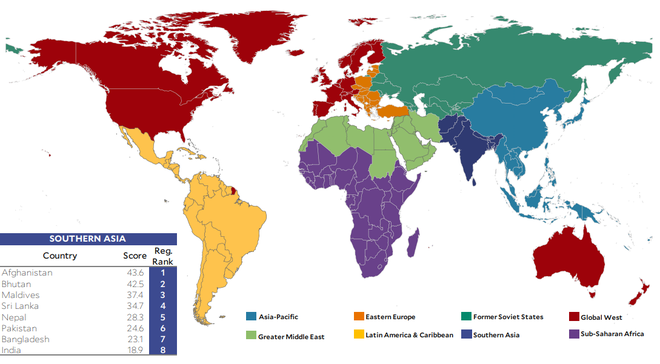
The story so far: India on Wednesday rejected the 2022 Environmental Performance Index (EPI), saying that it makes use of “biased metrics and weights,” after it was placed last.
EPI 2022 ranks India right at the bottom among 180 countries based on performance across parameters related to mitigating climate change, improving environmental health, and protecting ecosystem vitality.
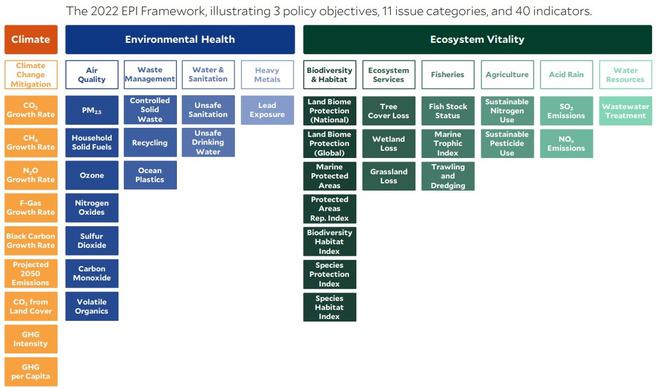
The report is generally prepared by researchers from Yale and Columbia Universities in the United States. Denmark is ranked at the top with a score of 77.90, while India scored 18.90.
India’s greenhouse gas trends from the 2022 EPI
According to the report, deteriorating air quality and rapidly increasing greenhouse gas emissions are the primary reasons behind India’s low score, and need urgent attention.
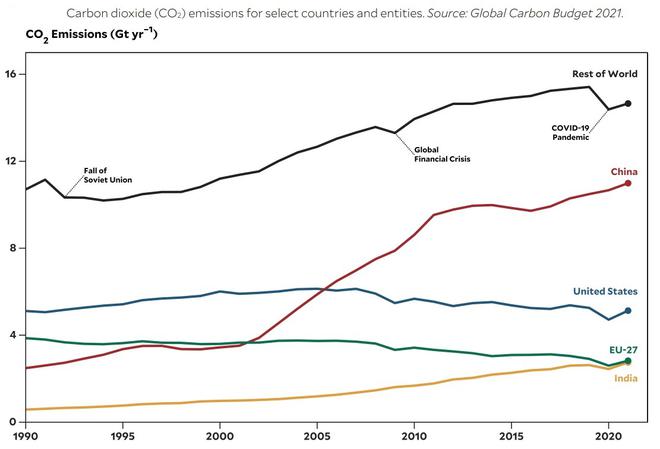
Current trends and EPI projections suggest that China, India, the U.S., and Russia will account for over 50 per cent of residual global greenhouse gas emissions in 2050.
Greenhouse gases (GHG) include carbon dioxide, methane, fluorinated gases, and nitrous oxide. To project GHG emission levels in 2050, the study calculates the average rate of increase or decrease in emissions over ten years (2010 – 2019) and extrapolates this trend till 2050.
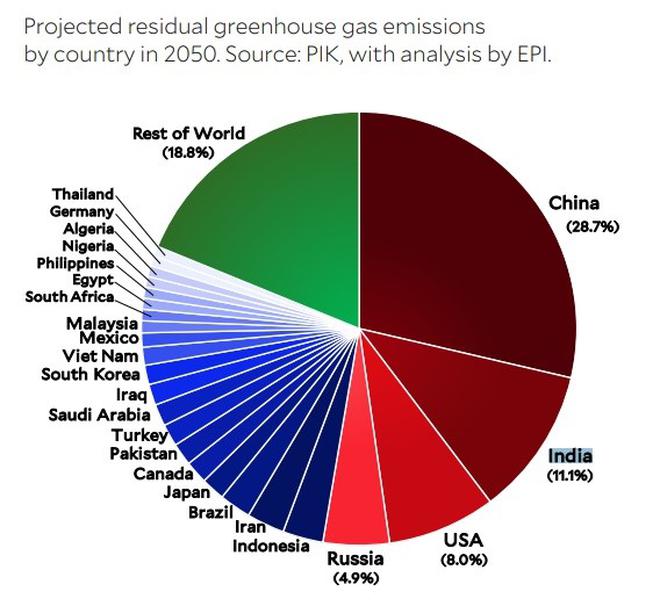
India rejected this methodology, saying that for a developing country like India, the accurate method would be to calculate GHG emissions per capita. It also said that a model should be created with coefficients taking into account the effect of policies to reduce emissions — such as increased use of renewable energy and electric vehicles or the creation of a carbon sink— , to project the values for future years.
The EPI report noted that most countries that scored low have prioritised economic growth over sustainability.
Fossil fuel and air quality challenges
Many countries, including India and China, rely heavily on coal to support economic growth as their population grows. Large-scale fossil fuel combustion adds to the poor air quality.
India is home to 21 of the 30 most polluted cities in the world and has an air quality rated one of the poorest in the world. Over 16 lakh people in India die from air pollution every year, according to the report. It also identifies household fuel combustion as the largest contributor to the country’s particulate matter emissions.
According to EPI, air quality is a direct measure of the impact of air pollution on human health. Seven indicators — PM2.5 exposure, household solid fuels, ozone exposure, nitrogen oxides exposure, sulphur dioxide exposure, carbon monoxide exposure, and volatile organic compound exposure — are used to determine the air quality in the listed countries.
Plastic waste generation
India and Indonesia have been identified as the top two generators of marine plastic waste in the world, while China has managed to decrease its ocean plastic pollution.
Ocean plastic pollution is measured as an absolute quantity of the amount of plastic released by a country into the ocean annually. Indonesia, India, the U.S., Brazil and Thailand are the top five producers of ocean plastic pollution and are responsible for 43 per cent of the global total.
Indonesia generates around 1.4 million tonnes of ocean plastic each year, 16 per cent of the world total. India is slightly behind Indonesia, accounting for 13 per cent of the global total. The annual plastic generation in India has been rising, but it is important to note that India has announced a ban on single-use plastic, scheduled to be in effect from July 1.
Protection of biomes
In an analysis of countries protecting the world’s biomes, India emerged at the bottom in five out of 14 sub-categories – the most for a single nation.
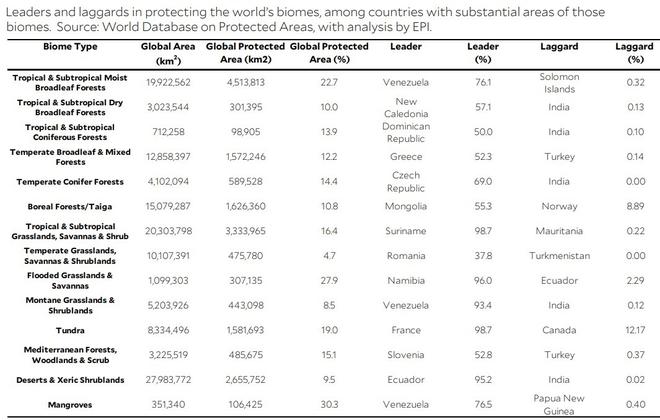
In its rebuttal, India’s Ministry of Environment, Forest and Climate Change said that the index emphasises the extent of Protected Areas rather than the quality of protection. “Management Effectiveness Evaluation of Protected Areas and eco-sensitive regions is not factored into the computation of biodiversity indices,” the ministry said.
In the category-specific rankings for environmental health, ecosystem vitality, and climate change mitigation, India performed marginally better than its overall ranking.
In the environmental health and ecosystem vitality ranking, India is ranked 178 out of 180 countries. In the climate change mitigation category, which measures progress to combat global climate change, India is ranked 165 out of 180.







